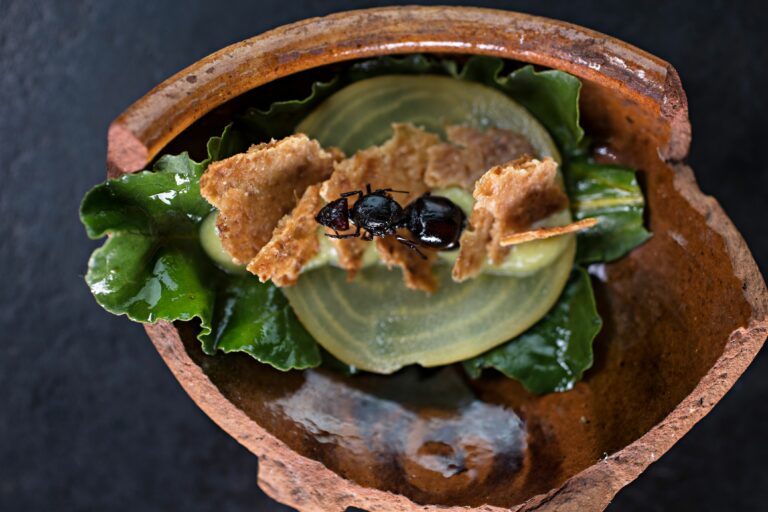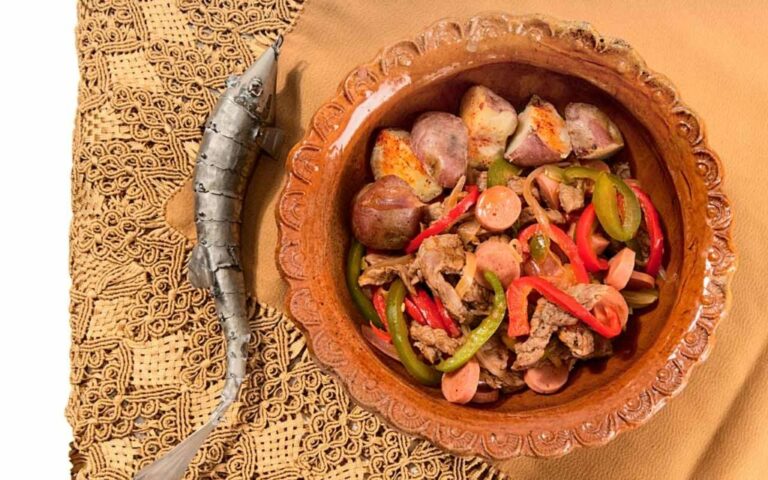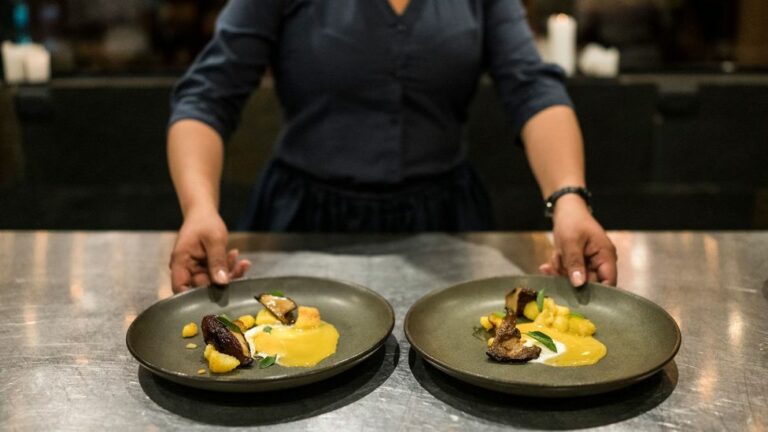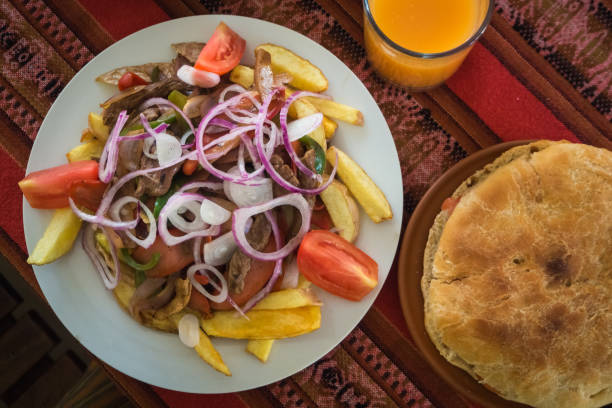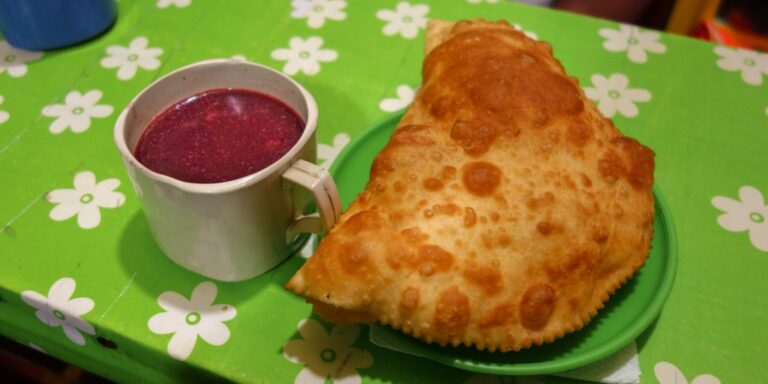Introduction: Bolivian Cuisine in [City]
Bolivian cuisine is a delightful blend of indigenous and European flavors that are sure to leave your taste buds craving for more. For those looking to experience Bolivian cuisine in [City], there are several restaurants that offer traditional Bolivian dishes. From La Paz-style stews to Cochabamba-style bread, Bolivian cuisine has something for everyone. In this article, we will explore some of the best Bolivian restaurants in [City] that are sure to satisfy your cravings for authentic Bolivian flavors.
La Paz Restaurant: Authentic Bolivian Flavors
La Paz Restaurant is one of the top destinations for Bolivian cuisine in [City]. Their menu features traditional dishes from the highlands of Bolivia, such as the hearty beef stew known as “pique a lo macho” and the pork and hominy soup called “sopa de mani”. The restaurant’s cozy ambiance and friendly staff make it a perfect spot for a casual dinner with friends and family.
Cochabamba Kitchen: A Taste of the Andes
Cochabamba Kitchen offers a taste of the Andes in the heart of [City]. Their menu includes traditional dishes from the Cochabamba region, such as “silpancho”, a dish made of pounded beef, rice, potatoes, and egg, and “chupe de quesillo”, a creamy soup made with cheese, milk, and potatoes. The restaurant’s vibrant decor and live music performances create a lively atmosphere that is perfect for a night out with friends.
Sucre’s Grill: Traditional Bolivian BBQ
Sucre’s Grill is a must-visit for those looking to experience traditional Bolivian BBQ. Their menu features a variety of grilled meats, including the famous “churrasco”, a juicy steak served with chimichurri sauce and fried plantains. The restaurant’s rustic decor and friendly staff create a warm and inviting atmosphere that is perfect for a casual dinner with friends.
Oruro Bistro: Fusion Bolivian Cuisine
Oruro Bistro offers a fusion of Bolivian and international cuisine that is sure to leave you amazed. Their menu features dishes such as “lomo saltado”, a Peruvian-inspired stir-fry made with beef, onions, and tomatoes, and “causa rellena”, a potato-based dish stuffed with chicken or seafood. The restaurant’s modern decor and innovative dishes make it a perfect spot for a fancy night out.
Potosí Cafe: Bolivian Coffee & Snacks
Potosí Cafe is a cozy spot that offers traditional Bolivian coffee and snacks. Their menu features “api”, a warm corn drink served with cheese and bread, and “salteñas”, a baked pastry filled with meat, vegetables, and spices. The cafe’s cozy atmosphere and friendly staff make it a perfect spot for a quick breakfast or afternoon snack.
Santa Cruz Dining: Savory Bolivian Dishes
Santa Cruz Dining offers a selection of savory Bolivian dishes that are sure to leave you satisfied. Their menu features dishes such as “majadito”, a rice and beef dish seasoned with spices and topped with a fried egg, and “picante de pollo”, a chicken stew made with peanuts and spices. The restaurant’s modern decor and attentive staff create a sophisticated dining experience.
Conclusion: Explore Bolivian Restaurants in [City]
If you’re looking to experience the flavors of Bolivia in [City], these restaurants are a great place to start. From traditional Bolivian dishes to fusion cuisine, there is something for everyone. So, why not take a culinary journey and explore the diverse and delicious world of Bolivian cuisine?

![Can you recommend some Bolivian restaurants in [city]?](https://foodnerdy.com/blog/wp-content/uploads/2023/05/Pique-a-lo-Macho-1024x512-1.jpg)

